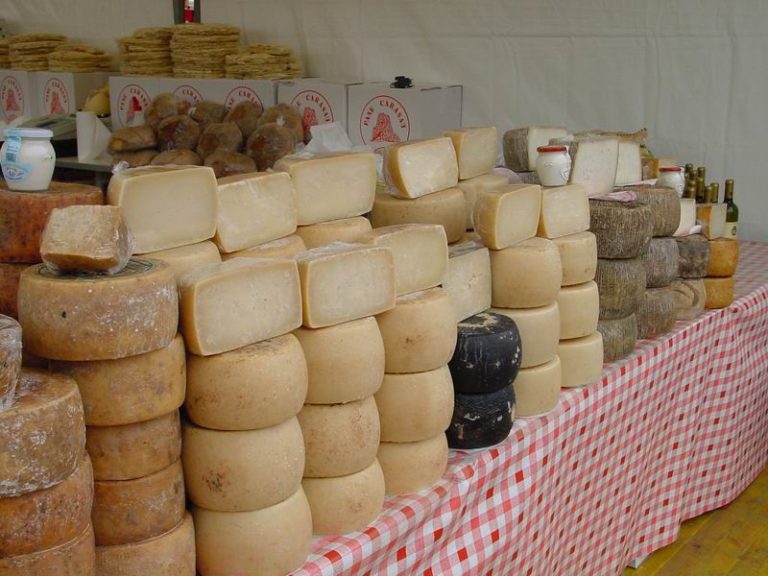Pecorino is one of the tastiest cheeses in the world. This is due to the fact that sheep’s milk is its main constituent. Moreover, the cheese is a hard cheese that has matured for a long period. The taste and texture of the cheese comes from the ripening stage itself.
Moreover, many varieties exist of the same cheese that bear a different second name. The most famous being Pecorino Romano, which is one of best known Italian cheeses. Also, there are many other varieties including Pecorino Siciliano, Pecorino Sardo and Pecorino Toscano. All of these are Geographic Indications cheeses that follow strict traditional methods of preparation.
History of the Pecorino Cheese

The cheese was one of the most important foods for Roman soldiers diet. These men needed abundant sources of energy to replenish their daily intakes. The original method of production started in Lazio. This was the core of the Roman Empire which nowadays comprises one of the most important cities, Rome.
Later, many other regions in Italy started adopting the method of production and introduced different techniques. These varied according to the traditions of each region. Moreover, the presence of sheep and their adaptability to survive and reproduce meant high production of their milk. As the milk could be consumed fresh and be very nutritious, the cheese provided a more advanced method to preserve the milk for extended period of time.
On the other hand, the ripening of the cheese according to different stages, meant different gastronomical experience that people appreciated generation after the other. Therefore, learning the intricate techniques became fundamental across several comuni or municipalities in Italy. Nowadays, the cheese name and various varieties are protected by the European Union law. These pertain to the Protected Designation of Origin or PDO for short, to better maintain and preserve the heritage and traditional methods of production in the delimited area and to decrease frauds.
Uses of Pecorino Cheese

The cheese can be enjoyed with a glass of wine to burst out its flavour. The latter includes 6 varieties of the cheeses with geographical names pertaining to their origin. Examples of the types include the Romano, Tuscany and Sardinia varieties. Moreover, many additives, which are natural ingredients can accompany the cheese. These might include black peppercorns or red chili for the “piccante”, that is the “spicy” aroma and taste. Also, walnuts having a neutral and subtle taste can also form a major ingredient in the cheese. On the other hand, for truffle lovers, black or white truffles can steal the show for some varieties and enhance the experience of “Degustazione” or “tasting with all senses”.
Moreover, it usually comes as a grated cheese on top of many pasta dishes. The most famous is the Carbonara dish, better known as Spaghetti alla Carbonara, where the Pecorino Romano is the star of the meal.

Now if you are tempted to go shopping for Pecorino, make sure you look for the genuine types that carry the PDO label. The latter is a yellow and red logo which distinguishes the European products and in this case the Italian cheese. Moreover, you can enjoy it with Chianti wine that adds the richness to the experience and the Italian way of doing things.






